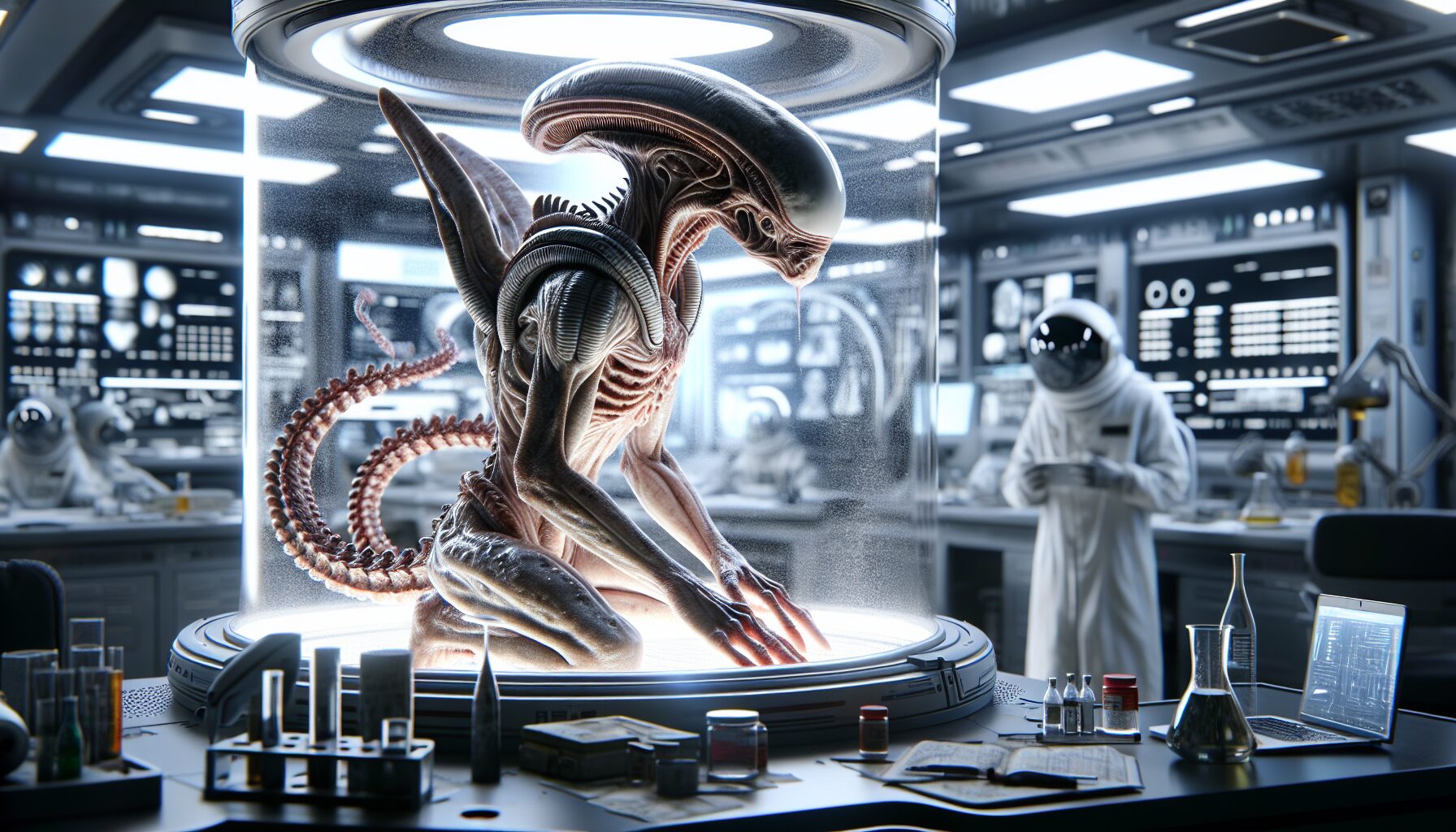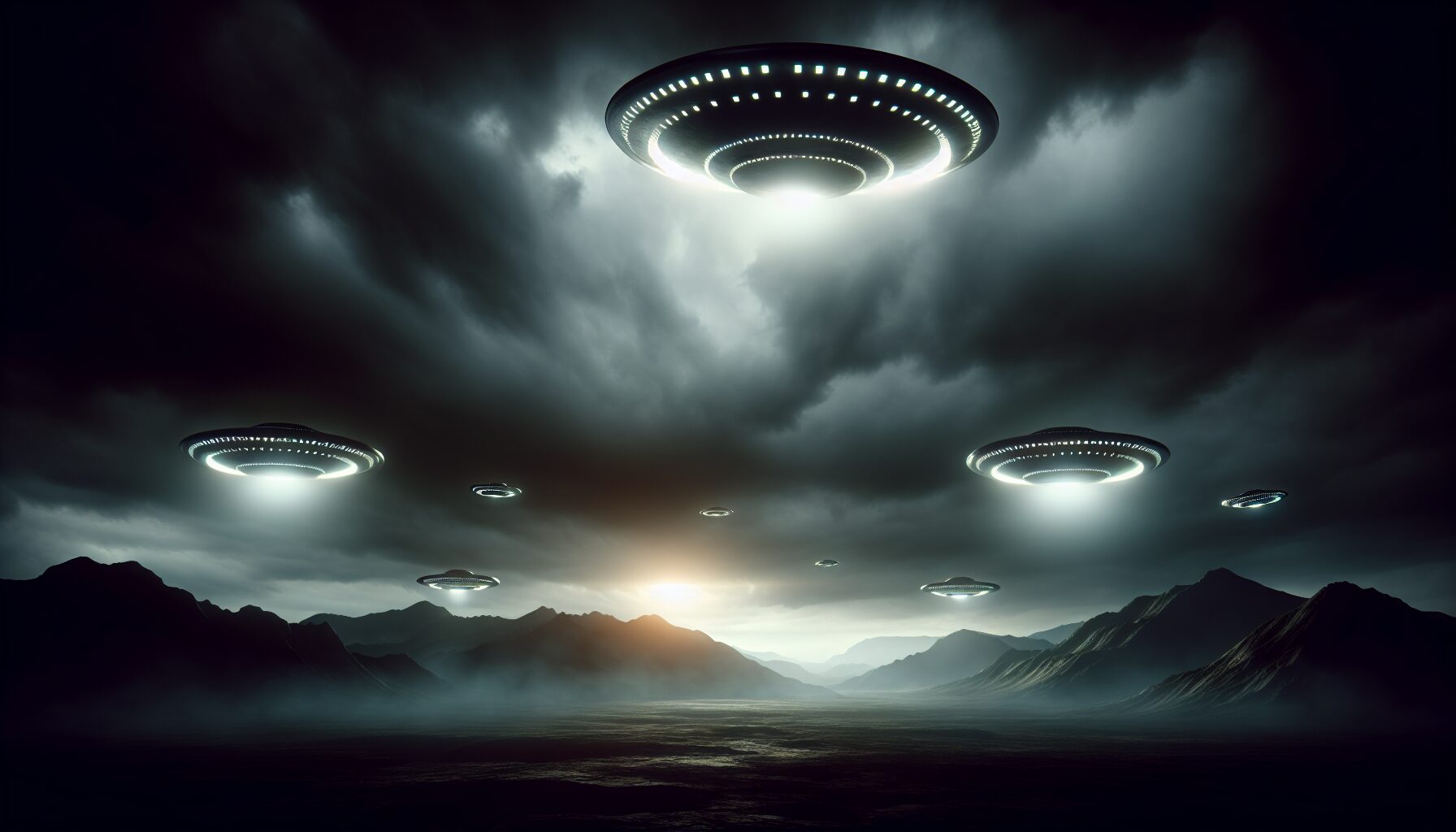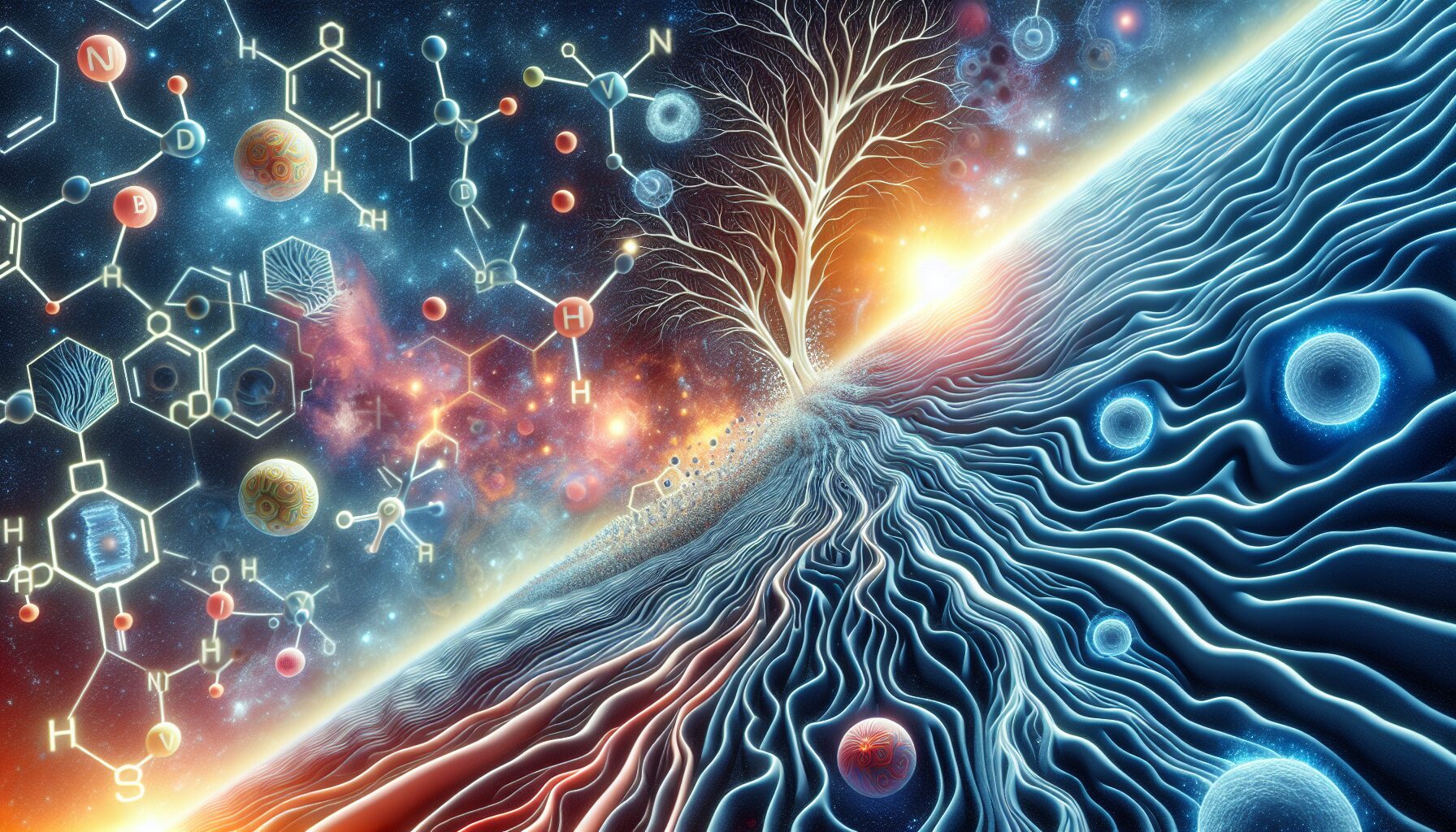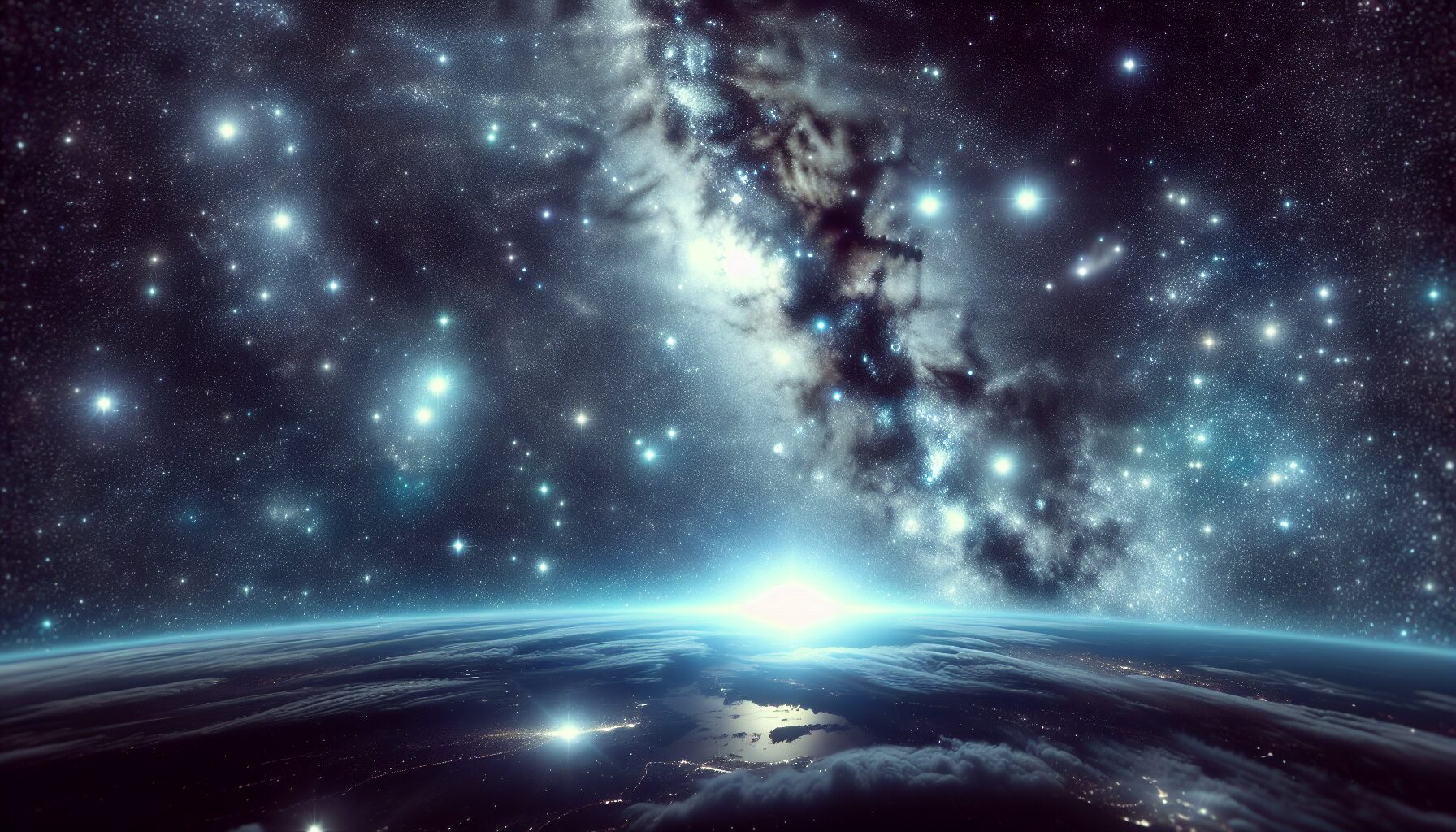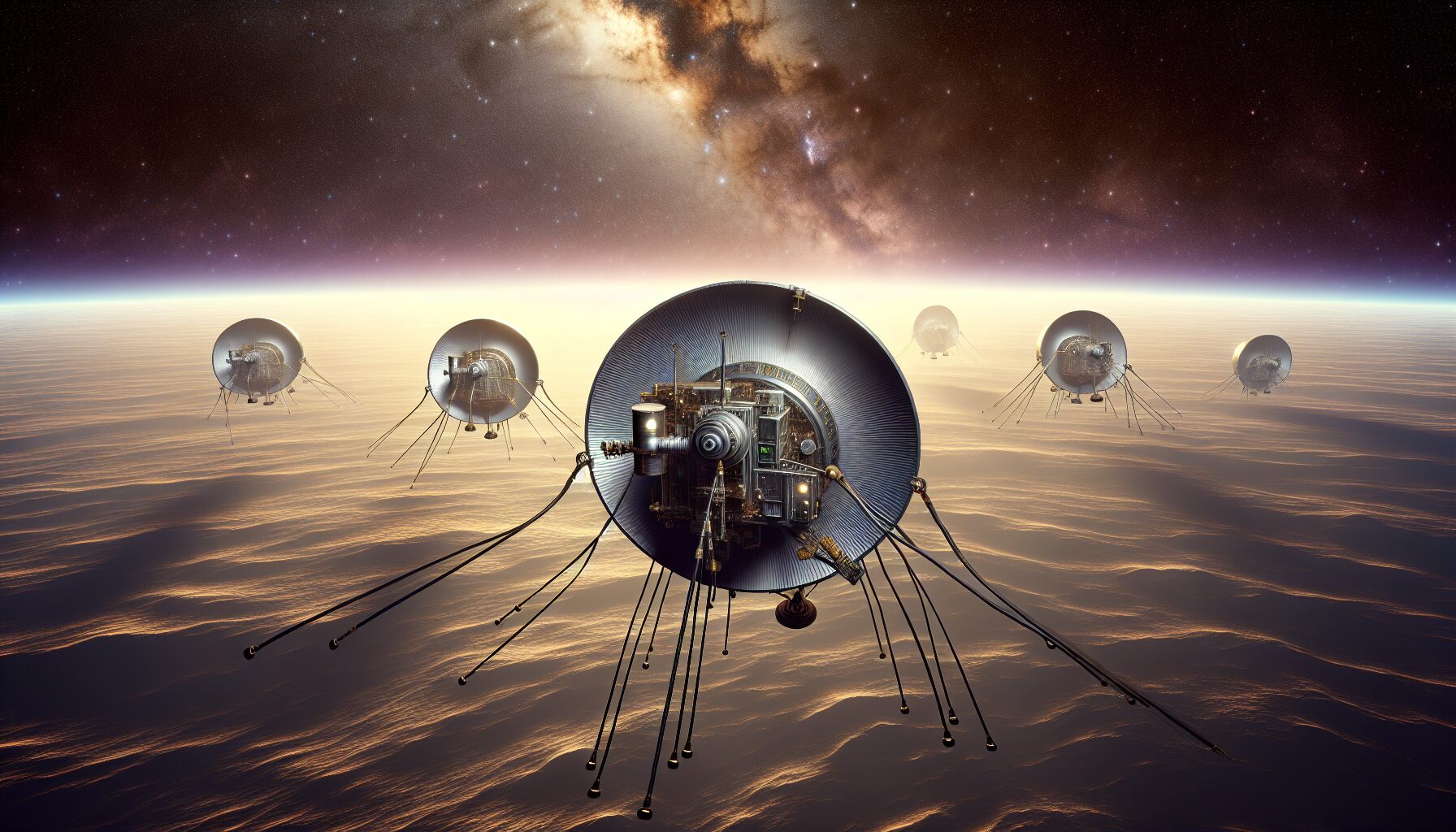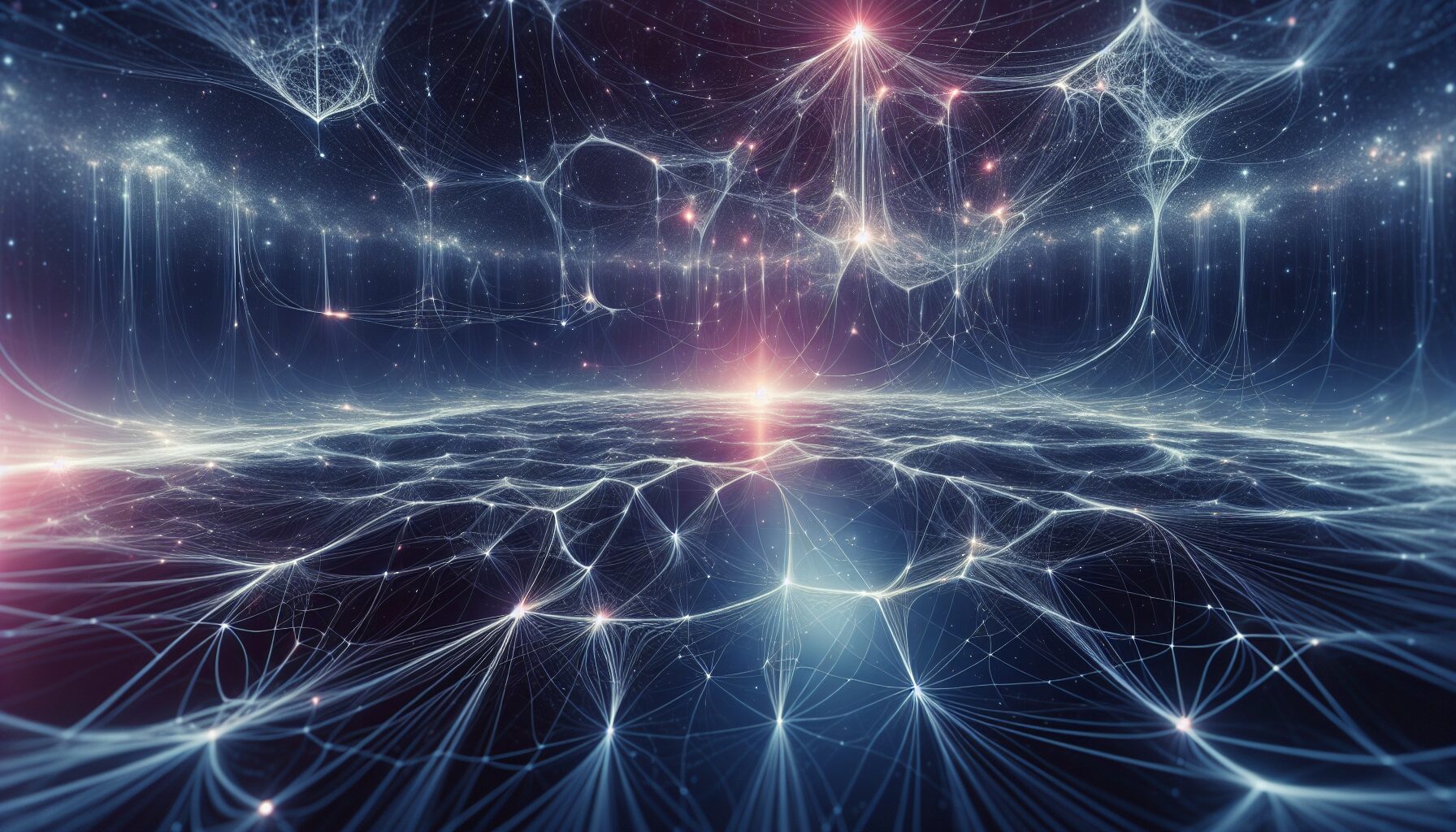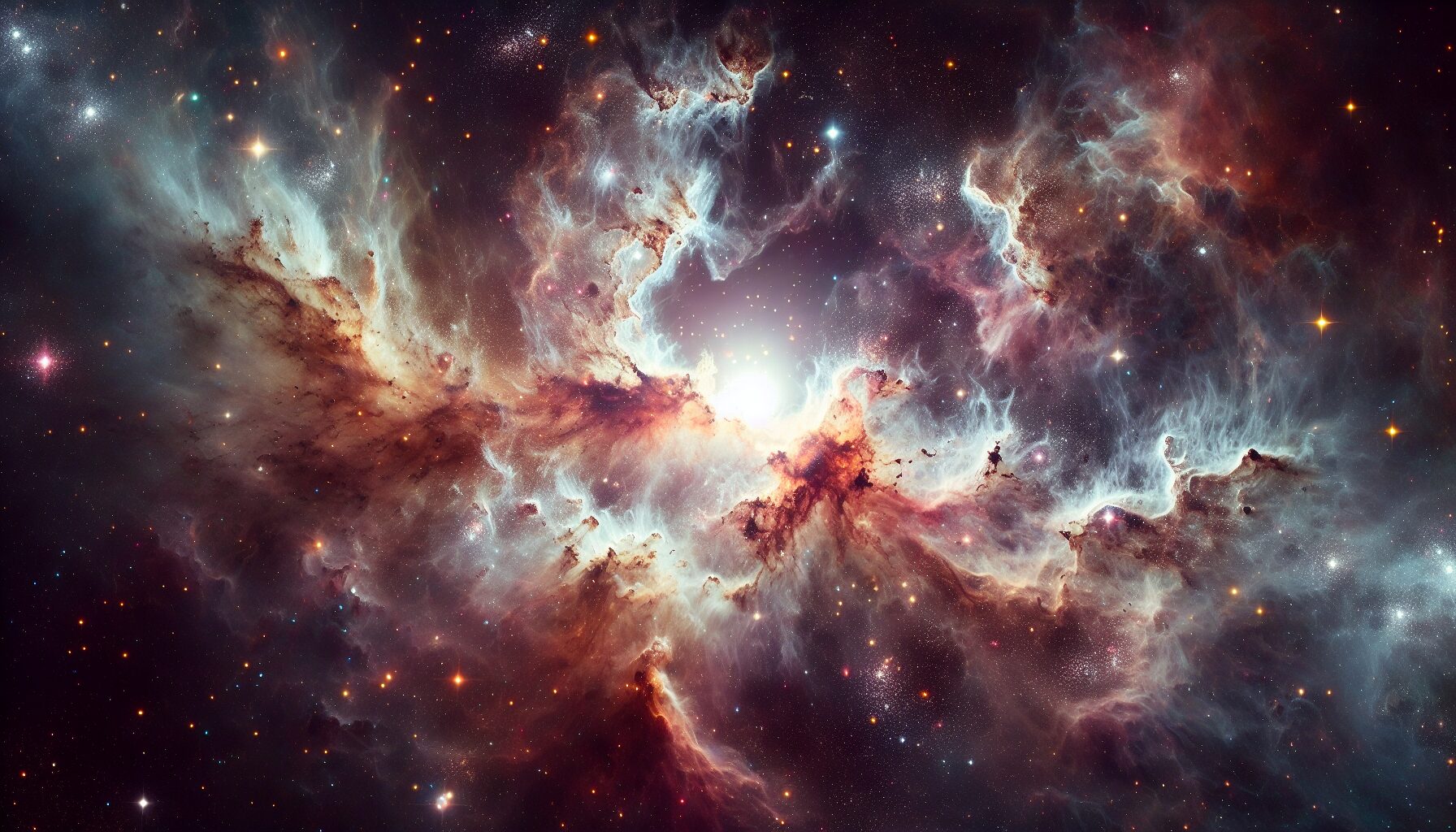The Alien Corpse Myth: Anatomy of the Unknown
The obsession with alien life forms has fascinated mankind for centuries. Stories of extraterrestrials visiting Earth have flooded pop culture, encapsulated in countless books, movies, and speculations. Among these tales, the myth of the alien corpse stands out as a particularly enthralling narrative, perpetuating a blend of intrigue and skepticism.
At the heart of this myth is a question that has intrigued humanity: Are we alone in the universe? The possibility of discovering a non-human corpse that is extraterrestrial in origin would fundamentally alter our understanding of existence. However, despite numerous claims, credible evidence remains elusive.
Sightings and Claims
- Roswell Incident: In 1947, an alleged UFO crash in Roswell, New Mexico, led to persistent rumors of alien bodies being recovered. The event sparked global interest and controversy, becoming a staple reference for discussions around alien encounters.
- Atacama “Alien”: A mummified skeleton found in Chile’s Atacama Desert initially baffled researchers, who speculated extraterrestrial origins due to its unusual features. Later, DNA analysis confirmed the remains were human, albeit with rare genetic mutations.
Despite the sensational nature of these stories, experts often remind us of the need for scientific rigor. According to Professor Andrew Fraknoi, a renowned astronomer, “Most of these claims can either be debunked through scientific investigation or explained within the bounds of human anatomy and psychology.”
(Source: SETI Institute)
The Role of Cultural Influence
Our cultural narratives exert a powerful influence on shaping alien myths. The frequent portrayal of bizarre alien beings in science fiction influences public perception and fuels the imagination. The interplay between documented hoaxes and genuine scientific inquiry results in a landscape where fact and fiction often blur.
“We filter evidence through our cultural lens,” notes Carl Sagan, an iconic figure in astrophysics. “Only occasionally do these extraordinary claims withstand the rigor and scrutiny of scientific investigation.”
(Source: Carl Sagan Official Site)
Seeking the Truth
The allure of alien corpse myths lies in their ability to challenge our understanding of what it means to be human. As we continue to explore the cosmos, the importance of a scientific approach grounded in evidence becomes increasingly critical. While these stories captivate, they also remind us of the necessity to differentiate between imaginative speculation and authentic discovery.
Until proven otherwise, the myth of the alien corpse remains precisely that—an unverified tale that invites our curiosity and skepticism in equal measure.
